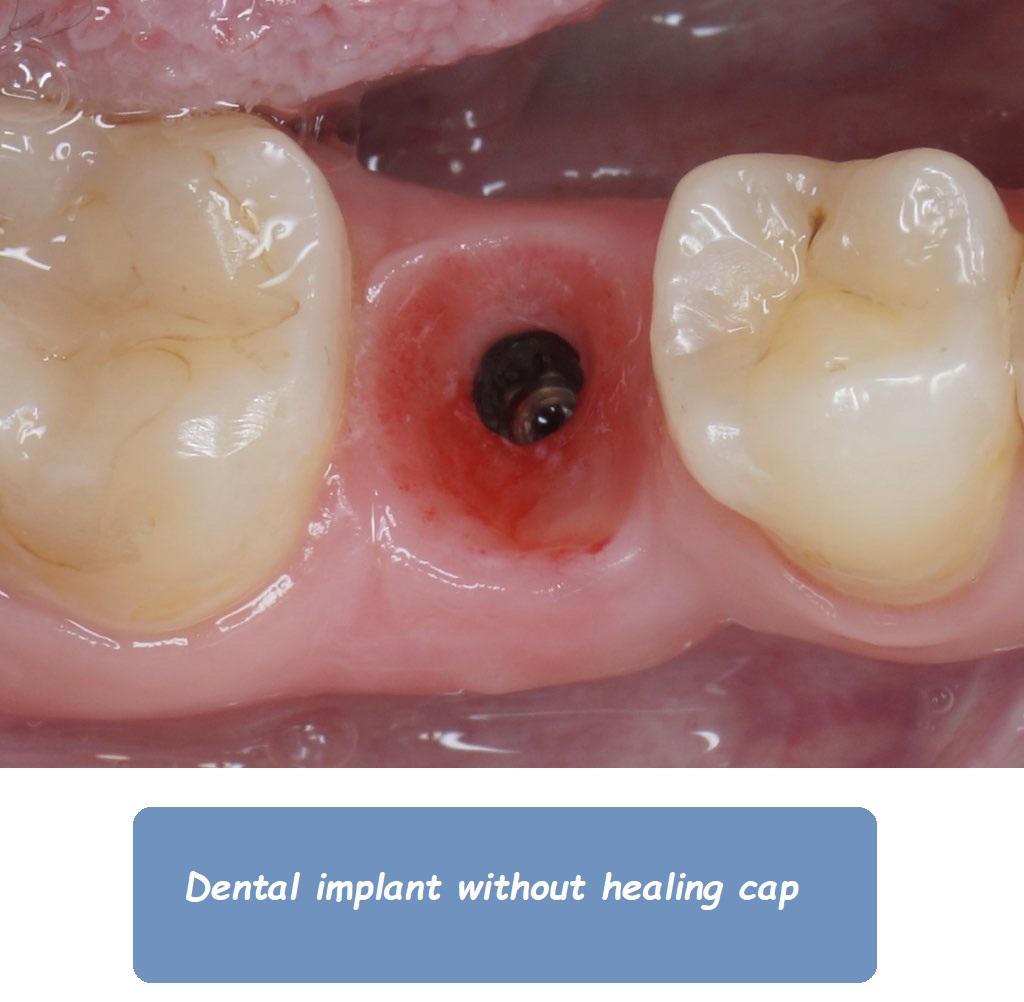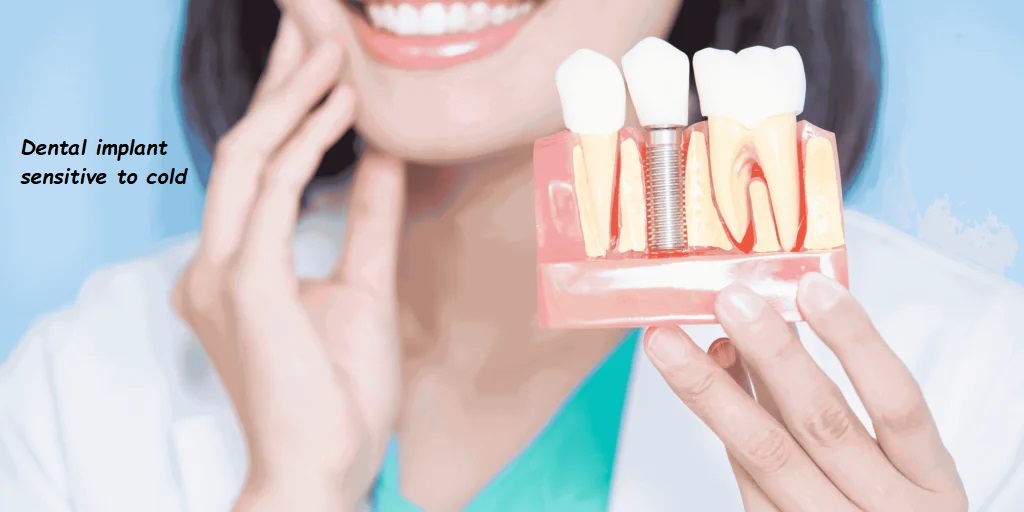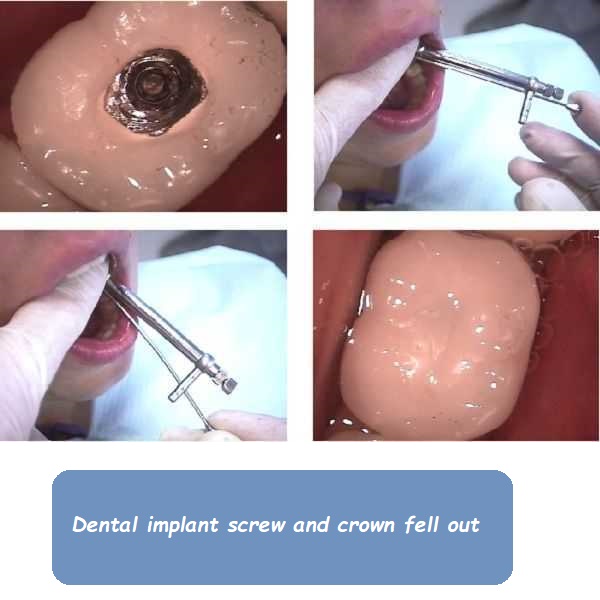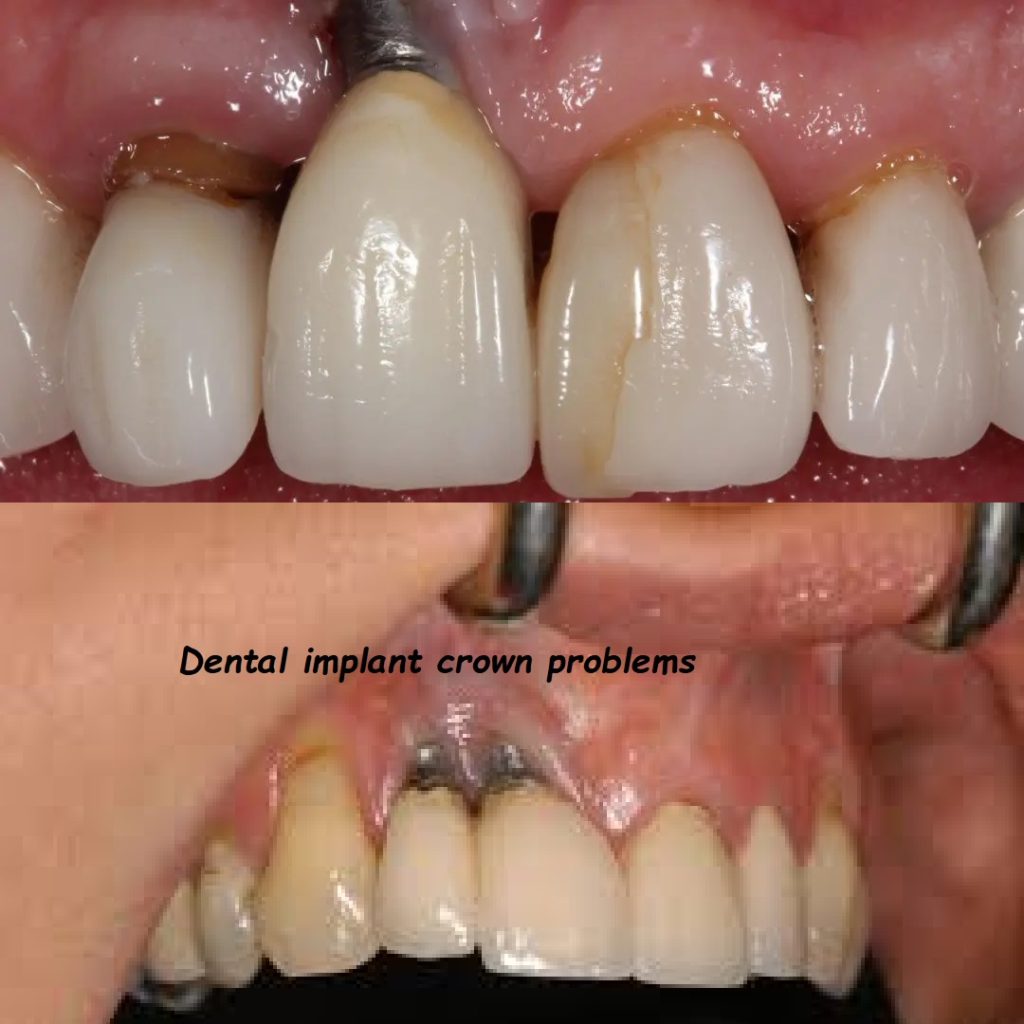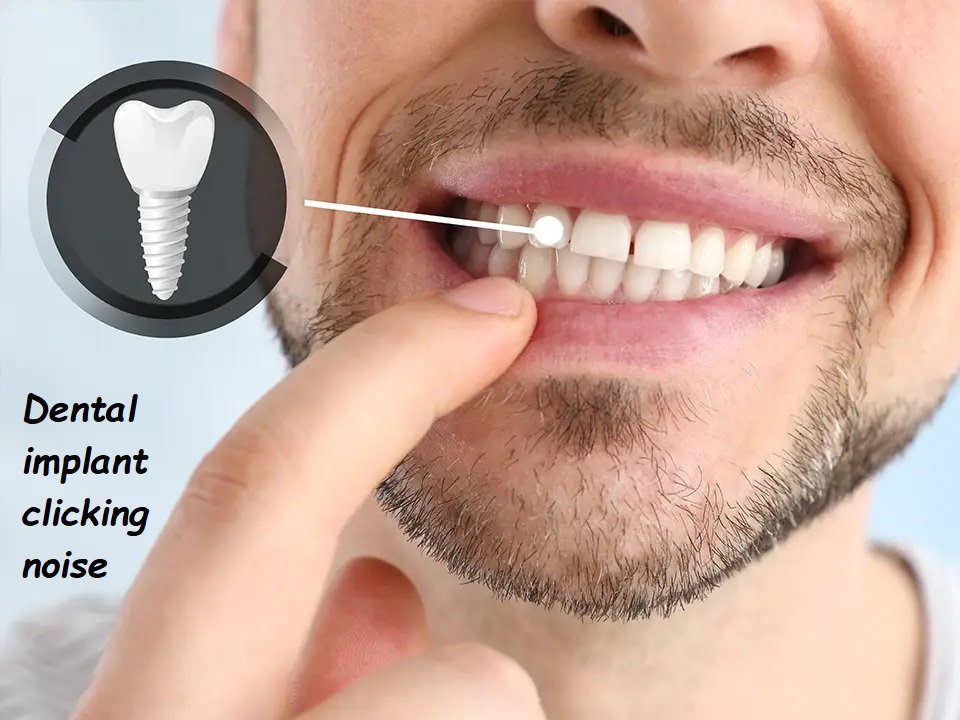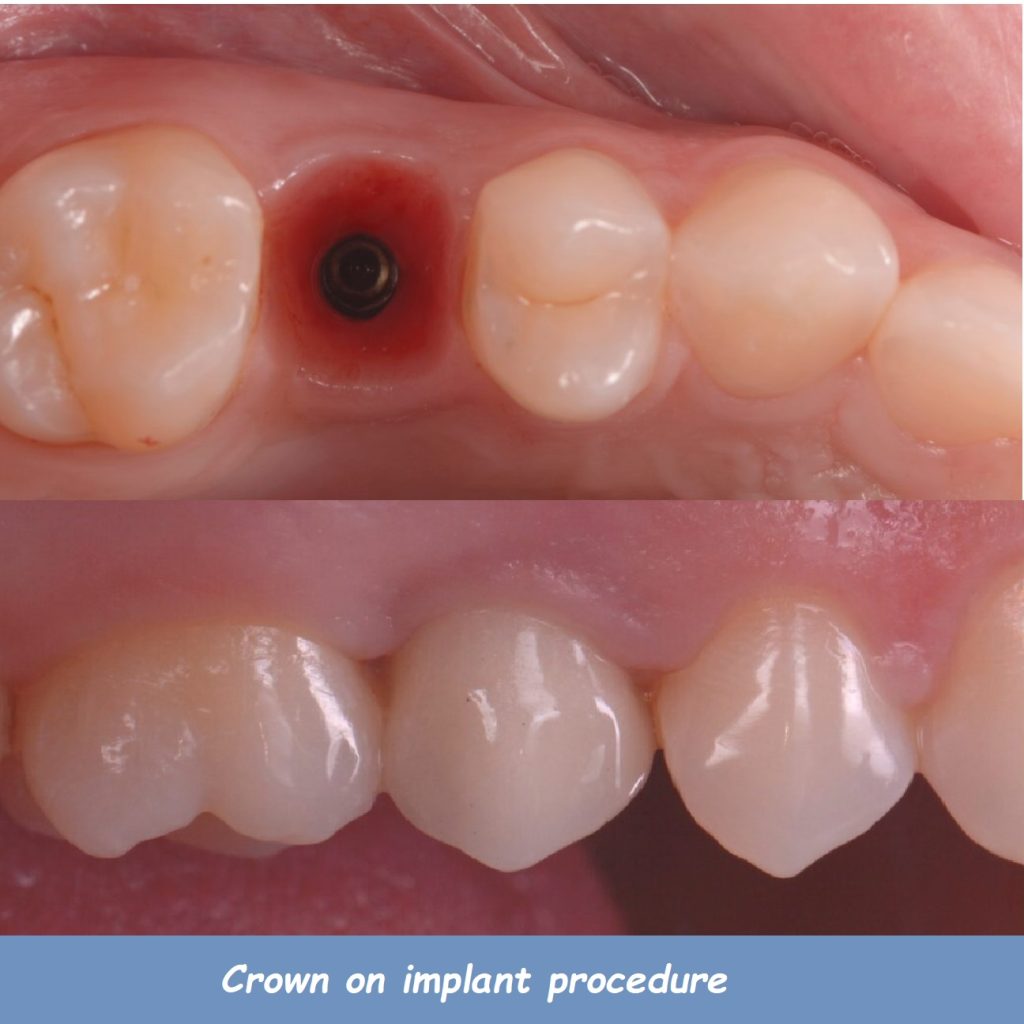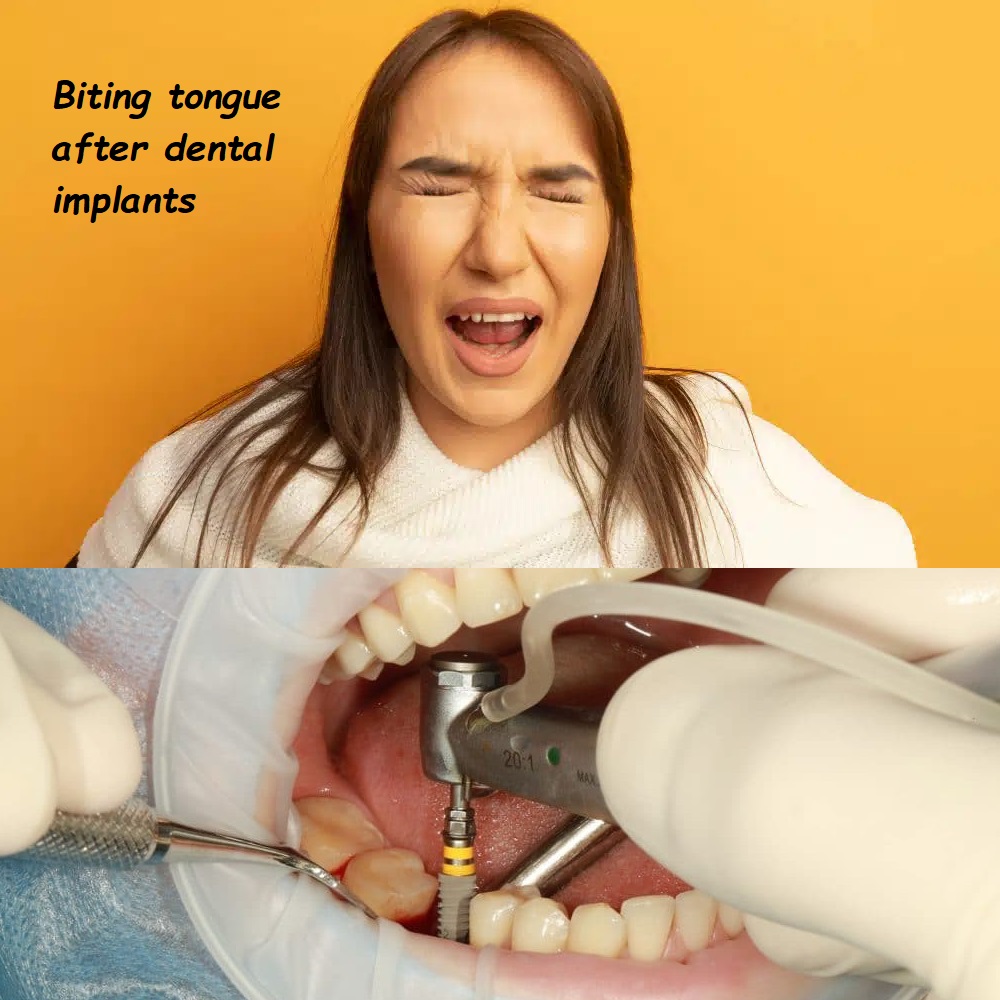What does a dental implant look like
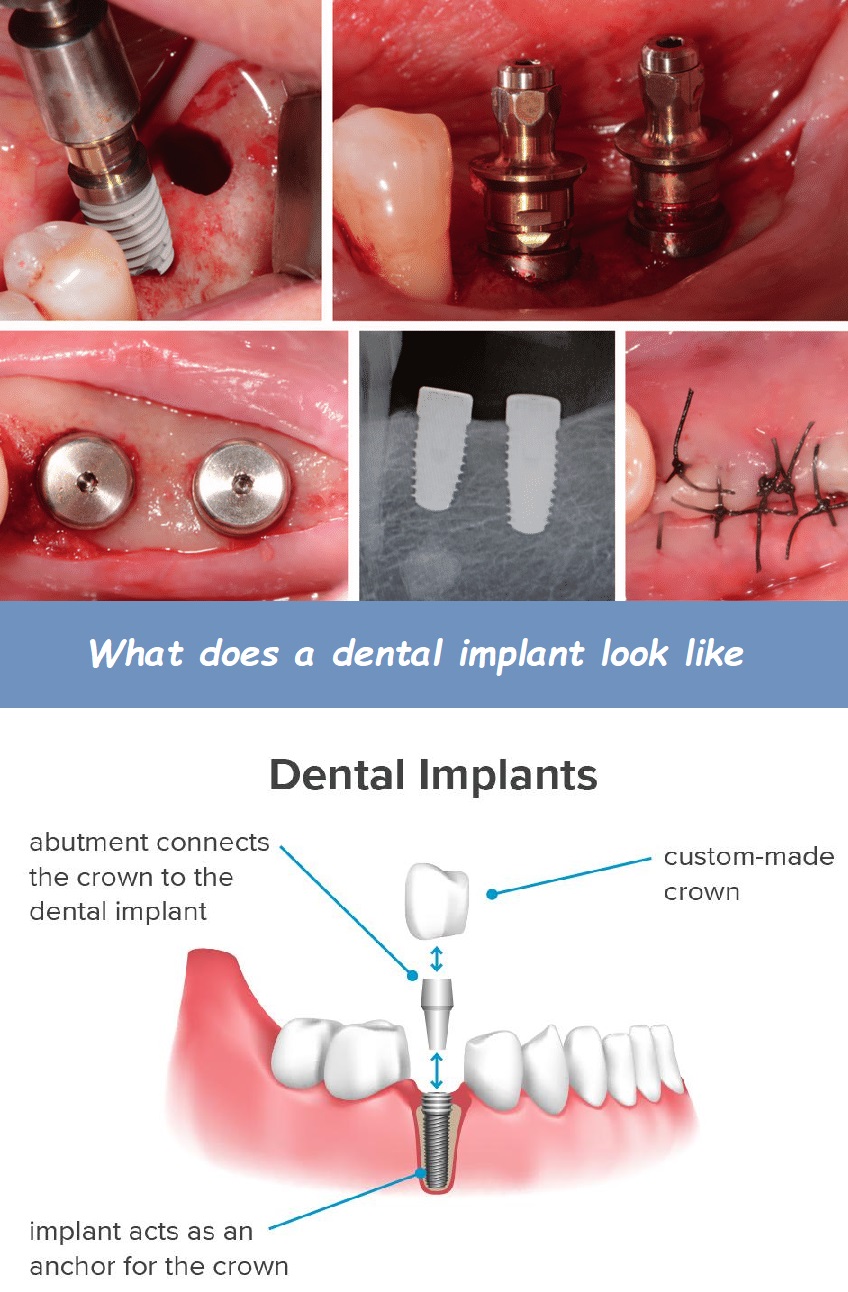
Dental implants are a popular and effective solution for replacing missing teeth, offering aesthetic and functional benefits. Understanding what a dental implant looks like can help demystify the procedure and make you feel more comfortable about choosing this dental option. This comprehensive guide will explore the structure, appearance, and variations of dental implants.
The Structure of a Dental Implant
To comprehend what a dental implant looks like, it is essential to understand its three main components:
1. The Implant Fixture
The implant fixture, also known as the implant post or screw, is the foundational part of the dental implant. It is typically made of titanium, a biocompatible metal that integrates well with the jawbone. The implant fixture is surgically placed into the jawbone, acting as a replacement for the tooth root.
Appearance: The implant fixture looks like a small screw, often about the size of a natural tooth root. It has threads that help it anchor securely into the bone. Depending on the manufacturer and type, the fixture can vary slightly in length and diameter.
2. The Abutment
The abutment is a connector attached to the top of the implant fixture. It serves as a bridge between the implant fixture and the dental crown. The abutment can be made from various materials, including titanium, gold, or ceramic.
Appearance: The abutment resembles a small, cylindrical post extending above the gum line. It is usually narrower than the implant fixture and is designed to support the dental crown securely.
3. The Dental Crown
The dental crown is the visible part of the dental implant. It is designed to look and function like a natural tooth. It is custom-made to match the shape, size, and color of your existing teeth, providing a seamless and aesthetically pleasing result.
Appearance: The dental crown looks just like a natural tooth. It can be made from various materials, such as porcelain, ceramic, or metal, but porcelain and ceramic are most commonly used for their natural appearance. The crown is shaped and colored to blend perfectly with your surrounding teeth.
Types of Dental Implants
While the basic structure of dental implants remains consistent, different types may vary slightly in appearance. Here are some common types:
1. Endosteal Implants
Endosteal implants are the most common type of dental implant. They are placed directly into the jawbone and typically comprise the three components mentioned above.
Appearance: Endosteal implants look like small screws or cylinders embedded in the jawbone. Once fully integrated and the crown is attached, they are virtually indistinguishable from natural teeth.
2. Subperiosteal Implants
Subperiosteal implants are used for patients who do not have enough healthy jawbone to support traditional implants. Instead of being placed into the jawbone, these implants rest on the bone but under the gum tissue.
Appearance: Subperiosteal implants have a metal framework that rests on the jawbone, with posts protruding through the gums to support the dental crowns. Once the gums heal, the metal framework is not visible; only the dental crowns are visible.
3. Zygomatic Implants
Zygomatic implants are used in cases of severe bone loss in the upper jaw. Instead of being anchored in the jawbone, they are anchored in the cheekbone (zygoma).
Appearance: Zygomatic implants are longer than traditional implants due to the distance they need to cover to reach the cheekbone. Like other implants, only the dental crowns are visible once the procedure is complete.
The Process of Getting a Dental Implant
Understanding what a dental implant looks like during different process stages can help set expectations. Here’s a brief overview:
1. Consultation and Planning
During the initial consultation, your dentist will evaluate your oral health, take X-rays, and create a treatment plan. This phase does not involve the implant but sets the procedure’s stage.
2. Implant Placement
The first surgical stage involves placing the implant fixture into the jawbone. At this point, the implant fixture is the only visible part, and it will look like a small metal screw protruding slightly above the gum line.
3. Healing and Osseointegration
After the implant fixture is placed, a healing period of several months is necessary for osseointegration, where the implant integrates with the jawbone. During this time, the implant fixture may be covered by gum tissue, and a temporary crown or healing abutment may be placed.
4. Abutment Placement
Once osseointegration is complete, the abutment is attached to the implant fixture. The abutment looks like a small post extending above the gum line, ready to support the final crown.
5. Crown Placement
The final stage involves attaching the custom-made dental crown to the abutment. At this point, the entire implant structure is complete, and the dental crown looks just like a natural tooth.
The Aesthetic Benefits of Dental Implants
One of the primary reasons people opt for dental implants is their natural appearance. Here’s how dental implants contribute to a beautiful smile:
1. Natural Look and Feel
Dental crowns are meticulously crafted to match the color, shape, and size of your natural teeth. This customization ensures that the implants blend seamlessly with your smile.
2. Stability and Functionality
Unlike dentures, which can shift or cause discomfort, dental implants are securely anchored in the jawbone, providing stability and functionality akin to natural teeth.
3. Preservation of Facial Structure
Dental implants help maintain the structure of your face by preventing bone loss in the jaw. This preservation contributes to a youthful appearance and prevents the sunken look associated with missing teeth.
Caring for Dental Implants
Proper care is essential to maintain the appearance and functionality of dental implants. Here’s how to keep them looking their best:
1. Daily Oral Hygiene
Brush and floss your implants just like natural teeth. Use a soft-bristle toothbrush and non-abrasive toothpaste to avoid damaging the implant surface.
2. Regular Dental Checkups
Visit your dentist regularly for professional cleanings and checkups. Your dentist will ensure that your implants remain healthy and address any potential issues early on.
3. Avoid Hard Foods
Be cautious with hard foods that could damage the dental crowns or the underlying structure of the implants.
Common Questions About Dental Implants
1. Are Dental Implants Noticeable?
Once the procedure is complete, dental implants are designed to be indistinguishable from your natural teeth. Only the dental crown is visible, and it is crafted to blend seamlessly with your smile.
2. Do Dental Implants Feel Like Natural Teeth?
Yes, dental implants are designed to feel just like natural teeth. They are stable, secure, and allow you to eat, speak, and smile with confidence.
3. Can Dental Implants Stain?
The dental crowns used for implants are typically made from stain-resistant materials like porcelain or ceramic. However, it’s still essential to maintain good oral hygiene to keep them looking their best.
Conclusion: Embracing the Beauty of Dental Implants
Dental implants offer a fantastic solution for those seeking to replace missing teeth with a natural-looking and functional option. Understanding what a dental implant looks like, from the initial fixture to the final crown, can help you appreciate the meticulous process involved in achieving a beautiful smile. By following proper care and maintenance routines, you can ensure that your dental implants remain a lasting and aesthetically pleasing part of your oral health.
Remember, the journey to a perfect smile with dental implants is both a medical and an artistic process. Consult with your dentist to explore how dental implants can transform your smile and improve your quality of life.


